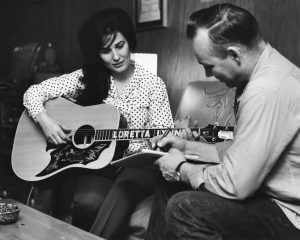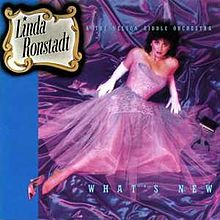 Songwriter Harlan Howard said about country music, ‘It’s three chords and the truth.’ It does not have the sophistication and elegance of jazz. However, Country music is about something else: human emotions and stories told, basically, that everybody experiences.
Songwriter Harlan Howard said about country music, ‘It’s three chords and the truth.’ It does not have the sophistication and elegance of jazz. However, Country music is about something else: human emotions and stories told, basically, that everybody experiences.
Premiering tonight on PBS is the eight-part documentary, Country Music a Film by Ken Burns.
Explore the history of a uniquely American art form: country music. From its deep and tangled roots in ballads, blues, and hymns performed in small settings, to its worldwide popularity, learn how country music evolved over the course of the 20th century, as it eventually emerged to become America’s music. Country Music features never-before-seen footage and photographs, plus interviews with more than 80 country music artists. The eight-part 16-hour series is directed and produced by Ken Burns; written and produced by Dayton Duncan, and produced by Julie Dunfey.
Country Music explores questions –– such as “What is country music?” and “Where did it come from?“–– while focusing on the biographies of the fascinating characters who created and shaped it — from the Carter Family, Jimmie Rodgers and Bob Wills to Hank Williams, Patsy Cline, Johnny Cash, Merle Haggard, Loretta Lynn, Charley Pride, Willie Nelson, Dolly Parton, Emmylou Harris, Garth Brooks and many more — as well as the times in which they lived. Much like the music itself, the film tells unforgettable stories of hardships and joys shared by everyday people.
Texas Country Legends
I am lucky to live near two of country music’s living legends. Willie Nelson lives just 60 miles up the road near Austin. Plus, George Strait is a San Antonio legend. In fact, the King of Country music is selling a crown jewel of Texas Hill Country real estate, having listed his San Antonio estate for $8.9 million.
Johnny Cash, Willie Nelson, and Dolly Parton are a few of my favorite country musicians. Who are yours?




